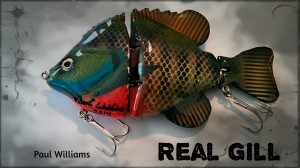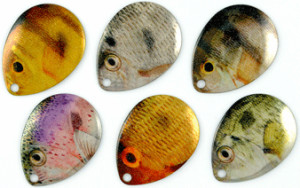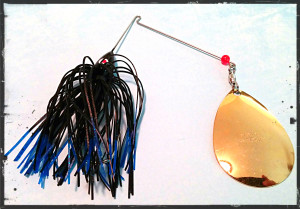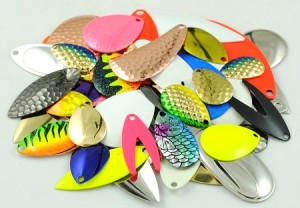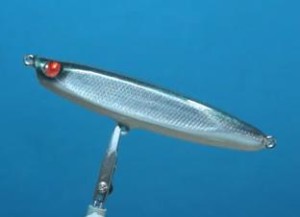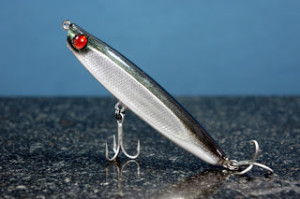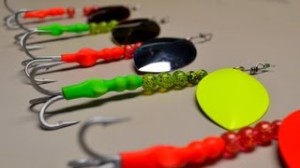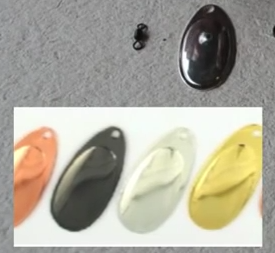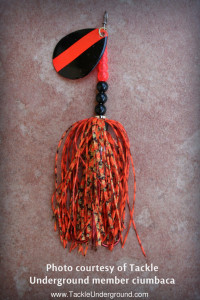How to Put a Rattle Chamber in a Swimbait
Do you make your own swimbaits or other types of hard baits?
Have you ever wondered how to put a rattle chamber in a swimbait, but couldn’t quite figure it out?
Well, this is your day! We have a great video tutorial here from Swimbait maker Paul Williams, from Florida.
Paul was generous enough to take the time to put this video together and to demonstrate the entire process, showing us how he adds a rattle to his homemade swimbaits.
Paul starts right from the beginning of the process, beginning with figuring out the best location for the rattle chamber, installing it in a way that won’t interfere with any of the lure’s internal hardware or its ability to swim true and float upright..
One of the interesting parts of this tutorial is where Paul shows how to make the metal covers for the rattle chamber, using materials that would normally be tossed into your trash can or a recycle bin.
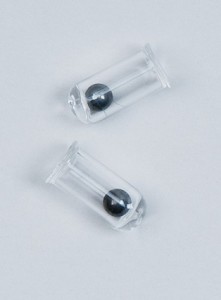 Paul demonstrates live on camera how to mark your bait and then drill the necessary holes for inserting the rattles. And then he discusses the different types of materials that work well (or not so well) to use for the actual rattles.
Paul demonstrates live on camera how to mark your bait and then drill the necessary holes for inserting the rattles. And then he discusses the different types of materials that work well (or not so well) to use for the actual rattles.
Next, he demonstrates how to seal the rattle chamber, to prevent moisture from getting into the rattle chamber. And this method works for both, wood and plastic resin baits.
As Paul walks through the process, he gives some great tips on how to apply these methods to other baits, as well as some great insights from his own experiences.
He even gives a great tip for adding rattles to smaller baits, by using a Lure Parts Online Glass Jig Rattle, pictured above in this blog post.
So grab something to take notes with, sit back, and enjoy the video, as you learn something new from an experienced swimbait maker.
List of Materials Needed
1 – Assembled Swimbait or other solid body hardbait
2 – metal or brass shot or BBs
3 – Various drill bits (Paul gives types and sizes in the video)
4 – liquid sealer
5 – 5 minute Epoxy
6 – Small applicator/paint brush or toothpick
7 – Auto body filler (bondo or similar)
If you’d like to view some of Paul’s finished swimbaits, be sure to visit his Facebook page: Paul Williams Custom Lures
And, as always, if you enjoyed this tutorial, please be sure to share it with others!

